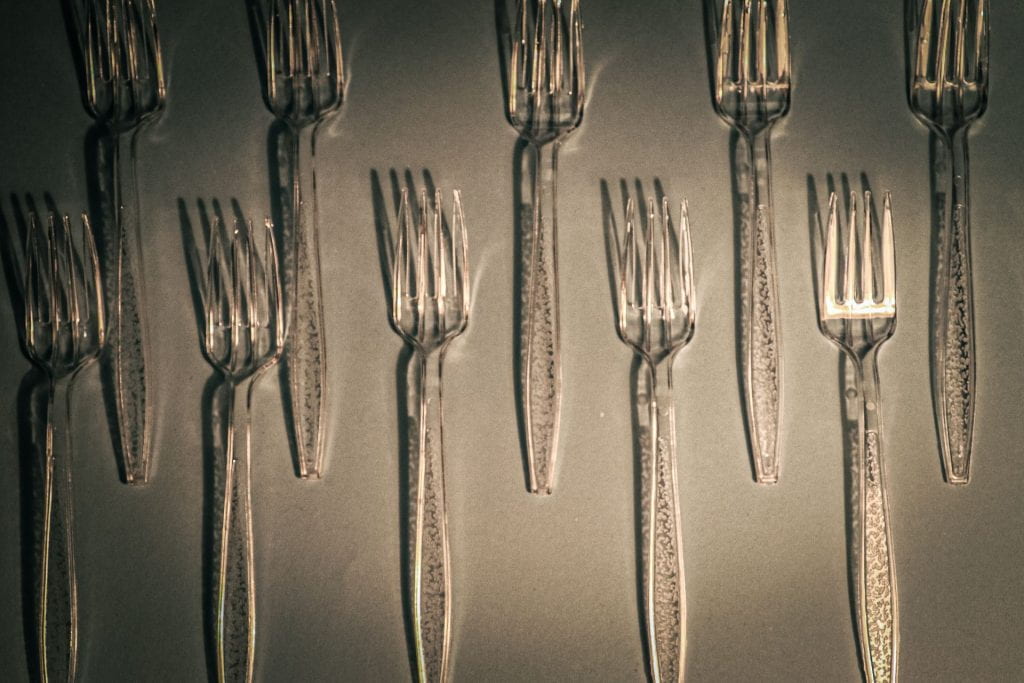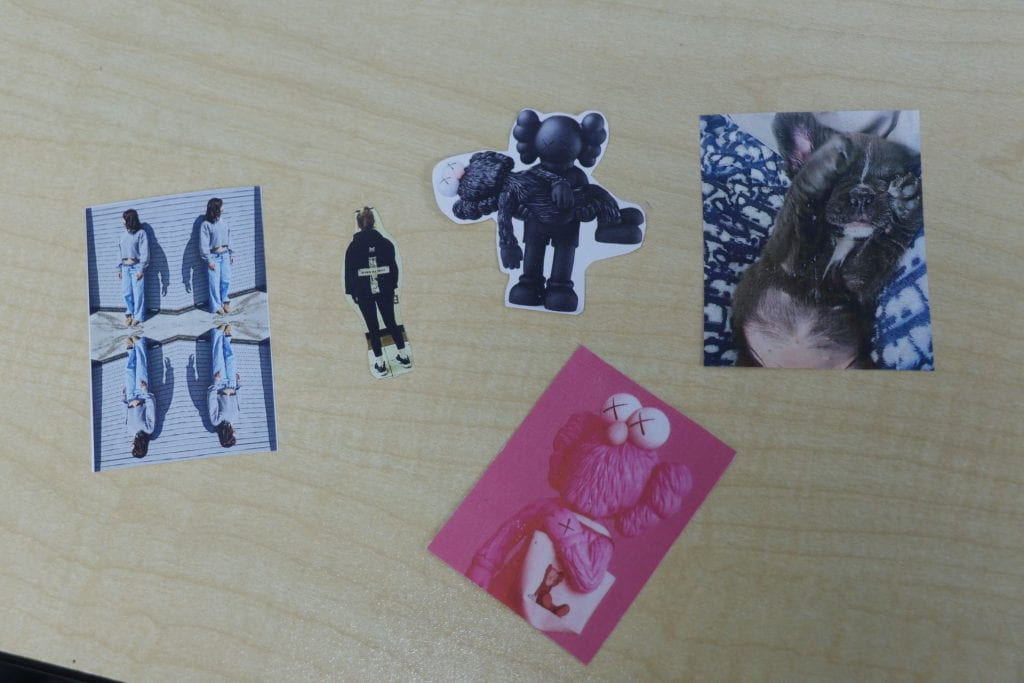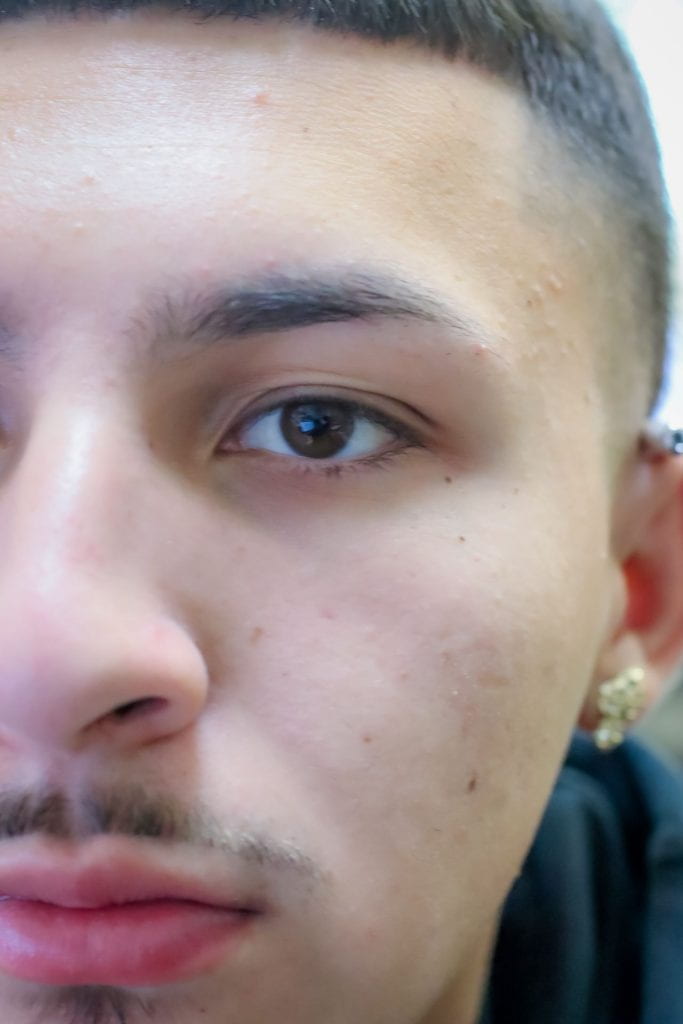– A new location can spark fresh ideas. Even switching rooms can shift your perspective.
– Play with different camera settings, lenses, or editing styles to changes things up.
– Check out other photographers’ work for new ideas on composition, lighting, and themes ideas.
– Limit yourself to one lens, a color, or a theme to push your creativity in new ways.
– Step away and recharge. Coming back with fresh eyes can reignite your passion.







